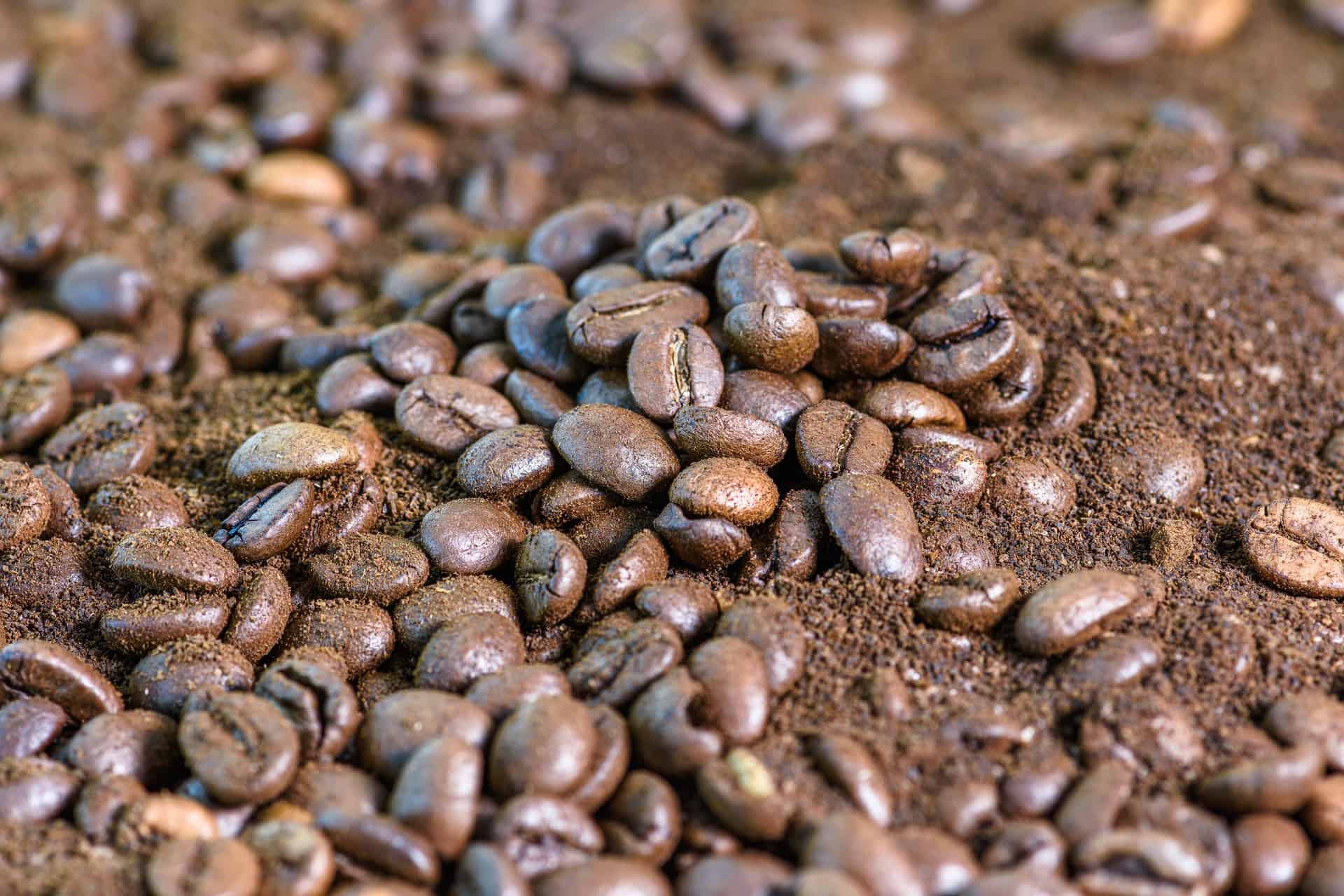
Brown algae take up large amounts of carbon dioxide from the air and release parts of the carbon contained therein back into the environment in mucous form. This mucus is hard to break down for other ocean inhabitants, thus the carbon is removed from the atmosphere for a long time, as researchers at the Max Planck Institute for Marine Microbiology in Bremen now show. They reveal that the algal mucus called fucoidan is particularly responsible for this carbon removal and estimate that brown algae could thus remove up to 550 million tons of carbon dioxide from the air every year – almost the amount of Germany’s entire annual greenhouse gas emissions.
Using carbon to grow
Algae take up carbon dioxide from the atmosphere and use the carbon to grow. They release up to a third of the carbon they absorb back into the seawater, for example in the form of sugary excretions. Depending on the structure of these excretions, they are either quickly used by other organisms or sink towards the seafloor. “The excretions of brown algae are very complex and therefore incredibly complicated to measure,” says first author Hagen Buck-Wiese from the Max Planck Institute for Marine Microbiology in Bremen. “However, we have managed to develop a method to analyze them in detail.”
With this method, the researchers scrutinized a large number of different substances. The so-called fucoidan turned out to be particularly exciting. “Fucoidan made up about half of the excretions of the brown algae species we studied, the so-called bladderwrack,” says Buck-Wiese. Fucoidan is a recalcitrant molecule. “The fucoidan is so complex that it is very hard for other organisms to use it. No one seems to like it.” As a result, the carbon from the fucoidan does not return to the atmosphere quickly. “This makes the brown algae particularly good helpers in removing carbon dioxide from the atmosphere in the long term – for hundreds to thousands of years.

1 gigaton
Brown algae are remarkably productive. It is estimated that they absorb about 1 gigaton (one billion tons) of carbon per year from the air. Using the results of the present study, this would mean that up to 0.15 gigatons of carbon, equivalent to 0.55 gigatons of carbon dioxide, are sequestered by brown algae each year in the long term. For comparison: Germany’s annual greenhouse gas emissions currently amount to about 0.74 gigatons of carbon dioxide, according to the Federal Environment Agency (Umweltbundesamt, estimation for 2020). “And even better: The fucoidan does not contain any nutrients such as nitrogen,” Buck-Wiese explains further. Thus, the growth of the brown algae is not affected by carbon losses.
Other species and other locations
For the current study, Buck-Wiese and his colleagues from the MARUM MPG Bridge Group Marine Glycobiology, which is based at both the Bremen Max Planck Institute and MARUM – Centre for Marine and Environmental Sciences at the University of Bremen, conducted their experiments at the Tvärminne Zoological Station in southern Finland. “Next we want to look into other brown algae species and other locations,” says Buck-Wiese. “The great potential of brown algae for climate protection definitely needs to be further researched and utilized.”
Selected for you!
Innovation Origins is the European platform for innovation news. In addition to the many reports from our own editors in 15 European countries, we select the most important press releases from reliable sources. This way you can stay up to date on what is happening in the world of innovation. Are you or do you know an organization that should not be missing from our list of selected sources? Then report to our editorial team.







